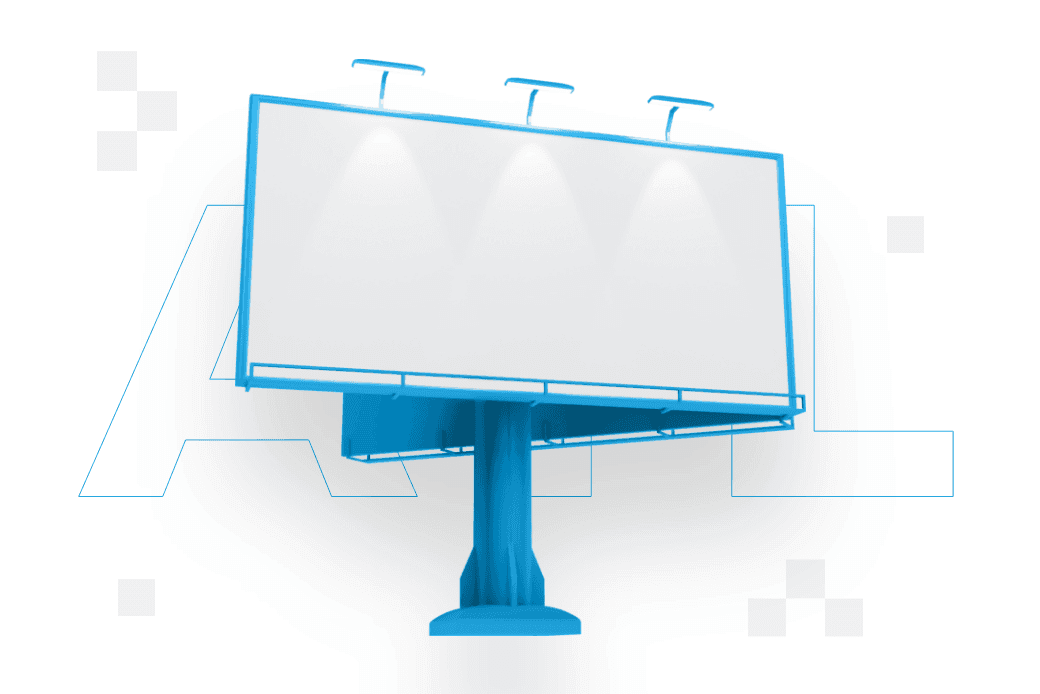
BTL – what is it?

In marketing, there are many ways to communicate advertising messages. It can be done on a broad scale or focus on a specific audience. When brands eschew mass media, they are most likely to use a BTL strategy, which they target directly to consumers.
From this article you will learn:
- What is BTL?
- What can be the application of BTL marketing?
- What benefits does Below the Line marketing offer?
- What might the future of BTL look like?
BTL – definition
BTL is an acronym for Below The Line, or marketing below the line. Under this term are marketing activities that focus on individual audiences, or more precisely on a narrow range of them. Brands using BTL target activities that are precisely tailored to the target group. BTL marketing (as opposed to ATL) is primarily a move away from advertising, which is addressed to the audience through mass media, including television, and the use of other solutions, such as:
- illuminated advertising,
- leaflets,
- posters,
- roll-ups
- telemarketing,
- e-mail marketing,
- video marketing.
BTL is a marketing strategy that focuses on direct, targeted forms of communication aimed at reaching a specific audience.
Definition of BTL
BTL can also be seen in various types of events organised by the brand for selected audiences. BTL activities sometimes also include the positioning of a website to a narrow audience.
Application of BTL marketing
BTL will not work for every brand. It is unlikely to be the best solution for those involved in mass production. However, there are areas where BTL will be an effective way to attract new customers. A BTL strategy is particularly recommended for:
- local companies, i.e. brands wanting to reach the local community,
- companies that focus on specific market segments,
- new brands just entering the market,
- companies with a fairly limited marketing budget,
- companies looking for more interaction with their target group.
However, this does not mean that companies that are larger or have a global reach cannot use BTL marketing. In fact, even large companies often use this strategy to better understand their local markets and build more individual relationships with customers in specific regions.
Benefits of Below the Line marketing
A BTL strategy offers a number of benefits that make it attractive and effective. These include:
- Direct contact with the customer – BTL allows you to interact directly with your audience, giving you a much better understanding of their needs and preferences.
- Precise targeting – with BTL it is possible to precisely define the target group. It is more effective to reach specific people who are actually interested in a particular product or service.
- Flexibility and measurability – BTL campaigns are often more flexible and their effectiveness is easier to measure. This allows you to quickly adapt your strategy to changing market needs and trends.
- Greater control over your budget – you get much easier control over your advertising budget.
- Tailoring to local conditions – with specific activities that can be carried out in specific locations, BTL allows you to better adapt to local conditions and consumer preferences.
BTL advertising not only increases customer engagement, but also allows companies to build a more personal relationship with consumers. It is a strategy that often delivers faster and more tangible results compared to mass marketing, among others.
The future of BTL
The development of media and communications reflects a fascinating evolution in the ways you can reach your audience. Although mass media still hold firmly in their hands the key to advertising success, brands are moving towards the rapidly growing power of more direct methods.
Methods characterised by a more personalised approach to consumers are becoming increasingly important. In this context, social media is becoming an arena where target groups are precisely defined. This evolution is widening the gap between Above the Line (ATL) and Below the Line (BTL) approaches. It is even forecast that these two concepts will start to merge in the future, as mass communication will use data and machine learning, tailoring communication to each individual’s needs and capabilities.
FAQ
Contact form
Develop your brand
Rate content:
You may be interested in:




